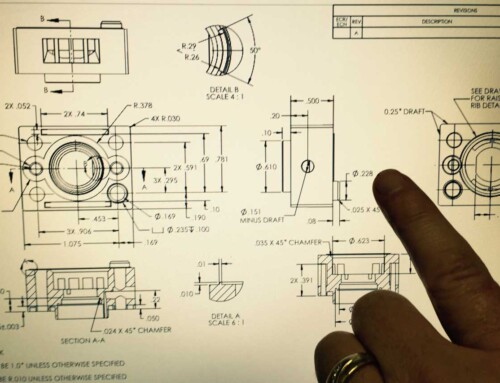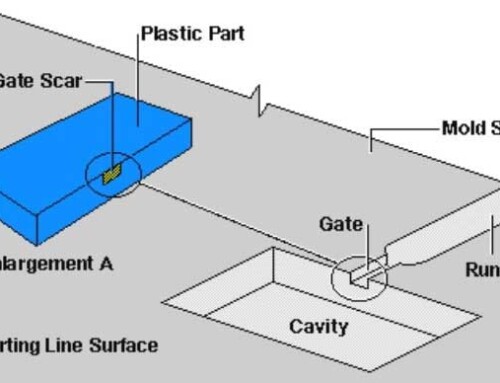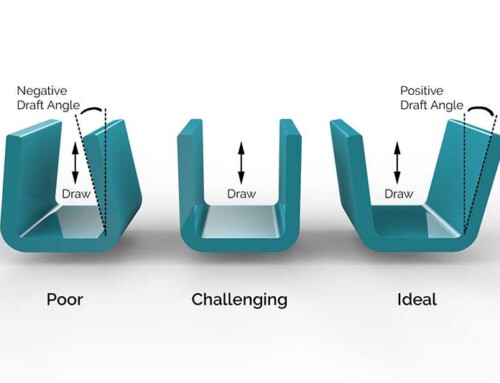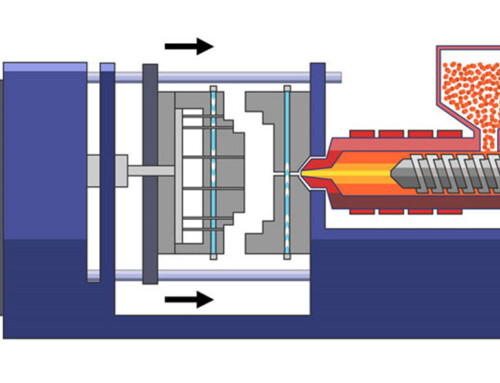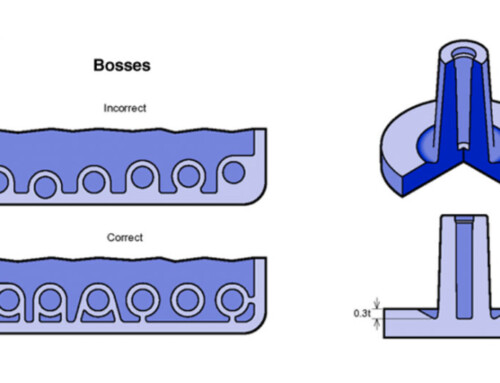We need to build strength into the injection-molded parts in different ways for different reasons. Holly Plastic keeps emphasizing the importance of the plastic injection molding design in this article: A Completely Plastic Part Design Guide for Injection Molding. Are there any good ways to ensure your parts are robust and up to their job. Here are some handy tips to get you on the right path to designing injection molded parts that are durable and fit for purpose.
1. Choose the right wall thickness
The foundation of a part is its wall thickness. Choosing the right size will depend on the part’s function. Some parts have to be thin (like certain electrical components for example), however, if there is no constraint, opt for the largest practical wall thickness.
A small case (150mm x 150mm) may be OK with a 2.5 – 3mm wall thickness, however larger parts with big surface areas would benefit from a thicker wall section due to their susceptibility to flex.
A thicker wall section can also help the plastic to flow in the manufacturing process as it can help lower injection pressures.
However, be careful not to go too thick as more plastic will be used (added cost and processing times), which may be unnecessary if you have met your strength requirements in part design.
2. Make use of right-angled wall sections
The main wall of your part can be used to add stiffness. If your part is very flat it is likely to bend or warp easily (a). This can also be a problem for manufacture, as parts can even become warped as they are made. By adding a wall we stiffen up the outside of the part as shown below (b), making it much less prone to bending. There may be circumstances where this is not possible, however, try to fit this in your part design to ensure adequate performance.
(a)
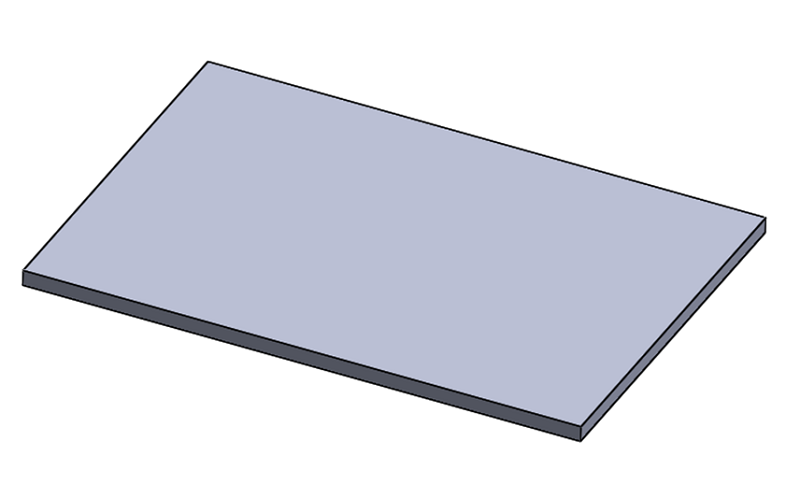
(b)
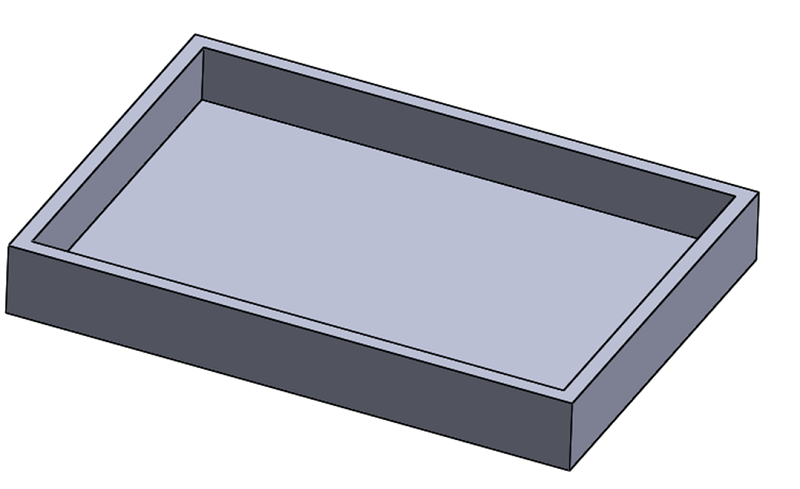
Where adding ribs or changes in wall direction on the outside edges is not possible, consider adding in any other features that can change the shape/cross section of the part. Features like channels, scoops and hollowed out steps can all add to a parts resistance to flex. A flat sheet is the most flexible shape you can mold, so anything you can do to change its shape will be advantageous
3. Stiffen with sufficient ribs
Adding ribs to your part will greatly increase its stiffness by providing more structure to it. Ribs are commonly used on plastic case designs by adding thinner wall sections that run through the inside of the part. They effectively add flexural strength without adding too much material. Always follow good design guidelines when modelling ribs, to get the best performance and minimize cosmetic marks.
No ribs – less stiff
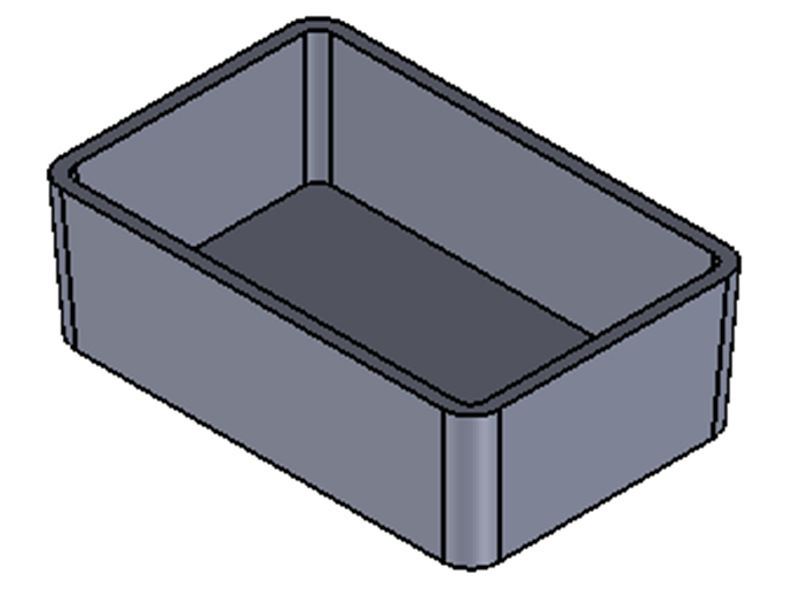
Internal ribs – less twist/flex

4. Add radiuses to corners and edges
Not only do these help with the molten plastic flow in the manufacturing stage, but adding a radius to edges where two faces meet will allow the stress in a part under load to be spread across the entire radius. Sharp corners are stress concentrators which can result in unexpected breakage under load. Even small radii are advantageous.
Generally for stress relief, the larger the radius the better, however, be aware of sink marks on opposing surfaces. Refer to plastic injection molding design guidelines for best practice.
No radius = stress in corners
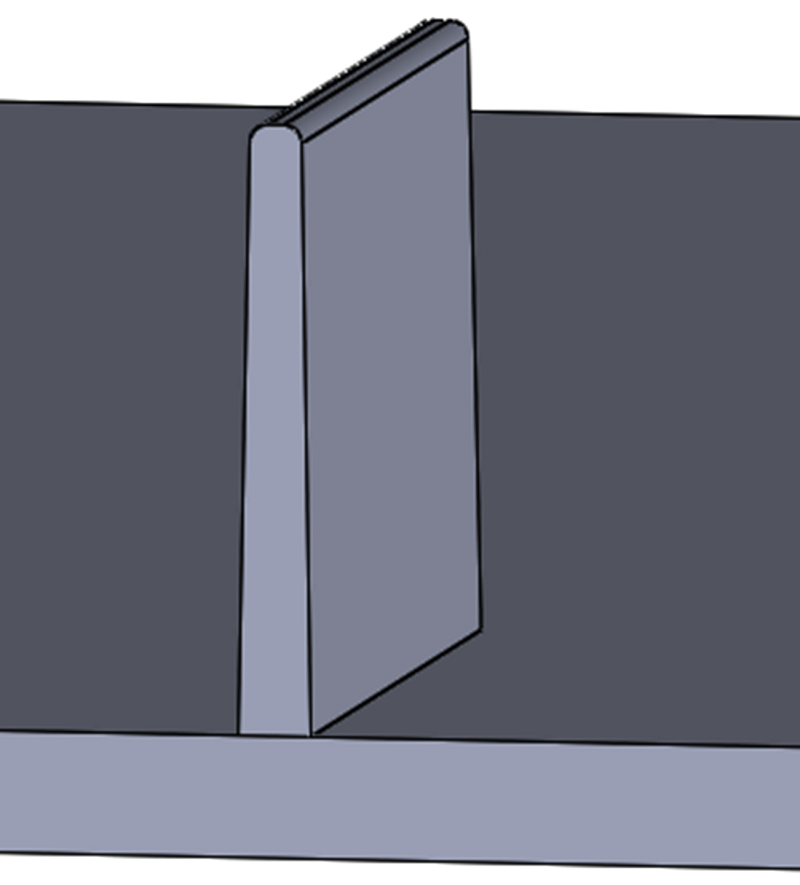
Add radii = stress distribution
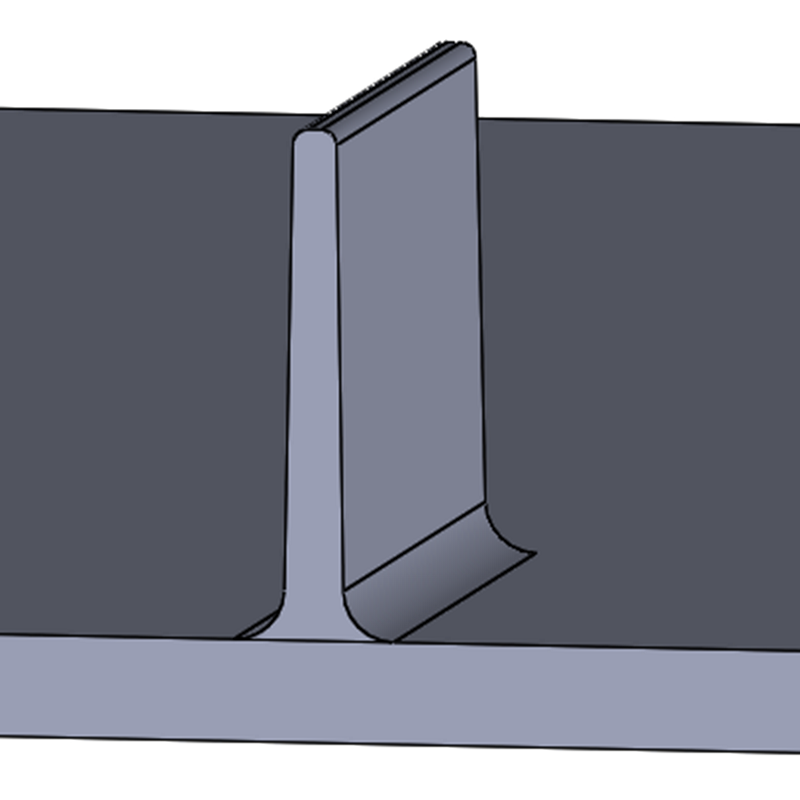
5. Material selection
Finally and perhaps most importantly, a good part design needs to be paired with a good material selection for your plastic injection molding. Consider what your parts function is. For parts that require a little flex to assemble, a softer material may be used. For rigid and impact-resistant case design, perhaps look at composites such as glass-filled materials that add rigidity. Or if your part needs heat resistance, maybe moving to a thermoset plastic is the right choice for you.
6. Conclusion
After you finish your plastic injection molding design process, try to make a sample to test, it is a very necessary process to test the plastic injection molding quality. Plastic injection molding is a very competitive industry, please just don’t be puzzled too much by the low price provided by your plastic injection mold maker. If the sample quality is not good, the later mass-production will bad too.

